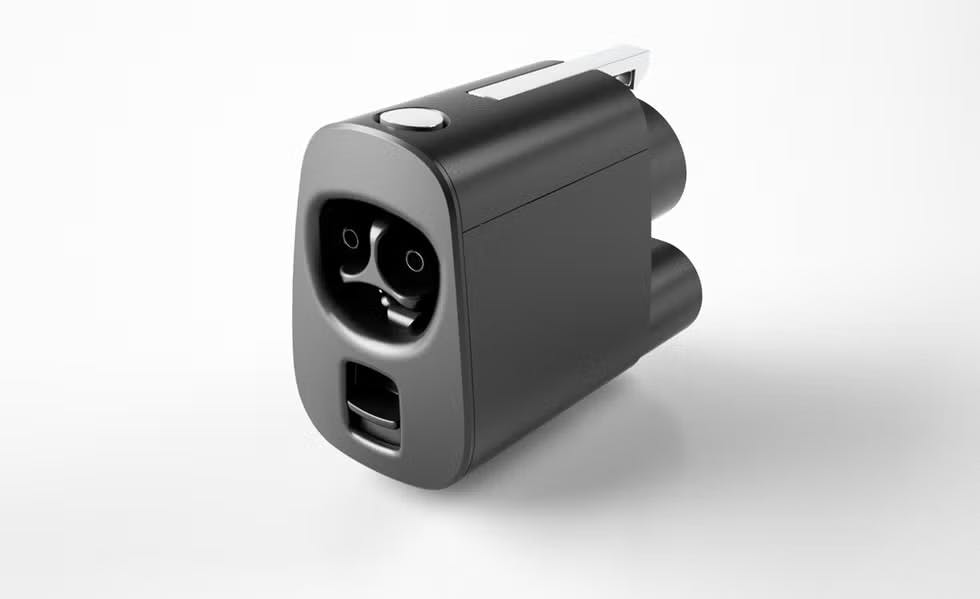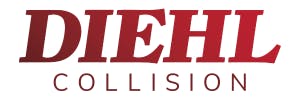
GM's NACS Adapter: Expanding EV Charging Options
As the electric vehicle (EV) landscape continues to evolve, charging infrastructure is a critical focus for manufacturers and consumers alike. One significant development in this arena is the transition toward the North American Charging Standard (NACS), Tesla's proprietary charging port, which is rapidly becoming the de facto standard for EV charging across the continent. In line with this shift, General Motors (GM) has recently announced the release of a NACS adapter for its lineup of electric vehicles, a move that opens up Tesla’s Supercharger network to GM’s EV customers. This development is part of a broader trend, as automakers work to make EV ownership more convenient by expanding access to charging infrastructure.
The NACS Transition: A Changing Landscape for EV Charging
In recent years, the electric vehicle market has been dominated by two primary charging standards: Tesla’s NACS and the Combined Charging System (CCS), which is used by most non-Tesla EVs. However, with the growing adoption of NACS and the rollout of new models featuring Tesla’s proprietary charging port, the industry is witnessing a gradual shift in favor of the NACS standard.
One of the first significant milestones in this transition came when the 2025 Hyundai Ioniq 5 became the first non-Tesla EV sold in the U.S. to feature NACS as its primary charging port. While automakers work to integrate NACS directly into their future EV models, the need for short-term solutions to bridge the gap has become apparent. This is where the NACS adapter comes into play, allowing EVs equipped with CCS ports to connect to Tesla’s vast and reliable charging network.
GM’s NACS Adapter: Expanding Charging Options for GM EV Owners
General Motors is the latest automaker to release a NACS adapter, enabling its entire fleet of electric vehicles—past and present—to charge at Tesla Supercharger stations. The new NACS adapter is compatible with all of GM’s EV models, including the discontinued Chevy Bolt EV. However, some Bolt models may require a software update to ensure seamless integration with Tesla’s Supercharger network.
With the adapter in hand, GM EV drivers can now access nearly 18,000 Tesla Superchargers across the U.S. This is a significant expansion of charging options, considering GM already offers access to more than 231,800 public chargers, including DC fast chargers and Level 2 chargers, through its existing partnerships. By incorporating the Tesla Supercharger network into its ecosystem, GM is significantly enhancing the convenience and range of options for its EV owners.
Adapter Availability and Pricing
Priced at $225, GM’s NACS adapter is available for purchase through the mobile apps of its respective brands, including Chevrolet, Cadillac, and GMC. These apps not only serve as a portal to order the adapter but also allow users to locate Tesla Superchargers, start charging sessions, and manage payments—all within the same platform.
While some automakers, such as Ford, have offered complimentary NACS adapters to select customers as part of their charging network initiatives, GM has not announced any similar promotions. However, the relatively low cost of the adapter, combined with its potential to significantly enhance charging convenience, makes it a valuable investment for GM EV owners looking to maximize their access to fast charging options.
What This Means for GM EV Owners
For GM customers, the release of the NACS adapter is a game-changer. Tesla’s Supercharger network is widely regarded as one of the most reliable and widespread fast-charging networks in the world. By making this network accessible to all of its electric vehicles, GM is effectively addressing one of the primary concerns of EV owners—access to convenient, reliable charging infrastructure.
For current GM EV models like the Chevy Blazer EV, Cadillac Lyriq, and GMC Sierra EV, the ability to use Tesla Superchargers opens up new possibilities for road trips and long-distance travel, where charging availability can sometimes be limited. This added flexibility is especially beneficial as the U.S. continues to expand its EV charging infrastructure but still faces gaps in rural and less densely populated areas.
Looking Ahead: The Future of Charging for GM EVs
While the NACS adapter is an important step, it is only part of GM’s broader strategy to transition fully to the NACS standard. As the industry moves toward this new norm, future GM models will likely come equipped with NACS ports directly, eliminating the need for adapters altogether. In the meantime, GM’s decision to release a NACS adapter ensures that its current EV owners can benefit from Tesla’s charging network during this period of transition.
In addition to expanding access to charging infrastructure, GM has committed to improving the overall charging experience for its customers. By working with multiple suppliers to build the NACS adapter and ensuring it is compatible with all of its EV models, GM is positioning itself as a leader in EV charging accessibility. Furthermore, the company plans to roll out the NACS adapter in Canada later this year, further broadening its customer base’s charging options.
A Step Forward in EV Charging
The release of GM’s NACS adapter marks a significant step forward for the company’s EV strategy and its commitment to making electric vehicle ownership as convenient as possible. By unlocking access to Tesla’s Supercharger network, GM is offering its customers one of the best fast-charging options available, alleviating range anxiety and making long-distance travel more feasible for EV drivers.
As the industry continues to evolve, it’s clear that charging infrastructure will play a central role in the widespread adoption of electric vehicles. GM’s NACS adapter is a short-term solution that bridges the gap during this period of transition, and it’s likely that we will see even more advancements in charging accessibility in the coming years. For now, GM EV owners can enjoy the benefits of this new adapter and take advantage of the ever-expanding network of charging options across North America.








